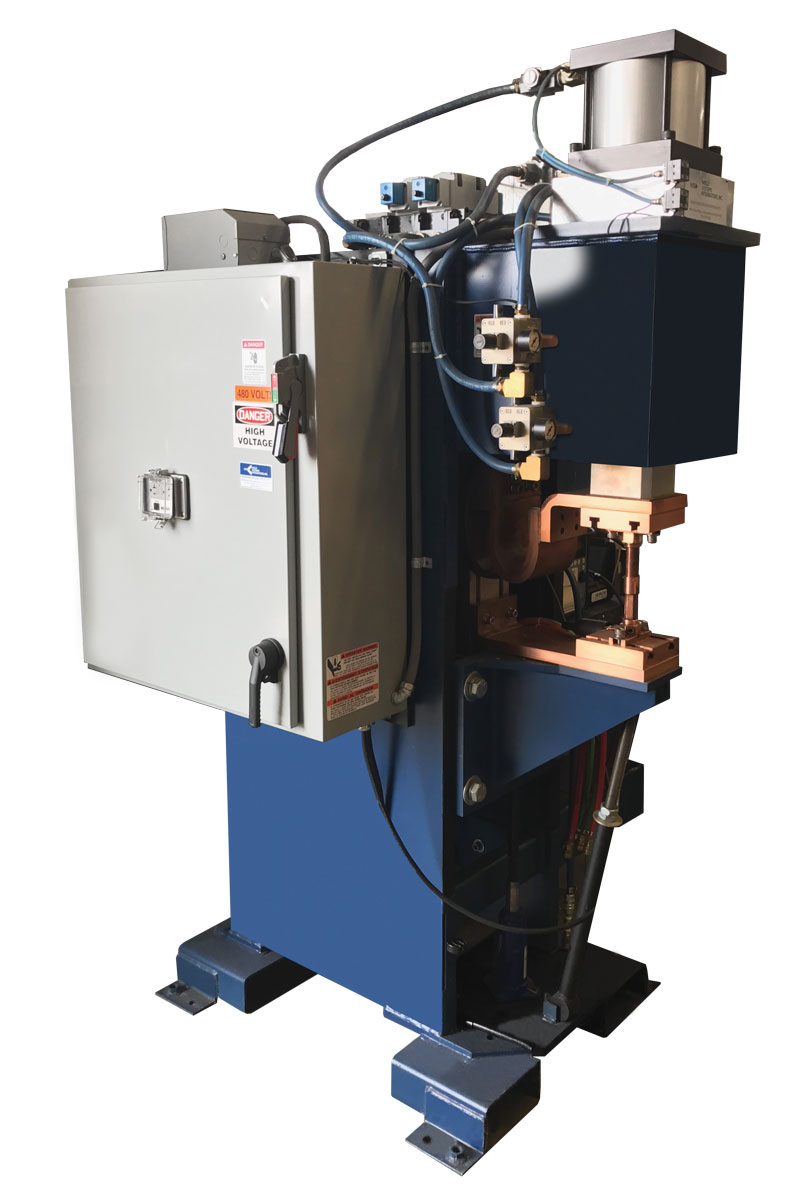Capacitor Discharge
Process Overview
Capacitor Discharge Welding (CD Welding) is an economical alternative to traditional resistance welding processes. Its high production speeds, coupled with very low distortion welds, makes CD Welding the perfect choice for welding high carbon material and dissimilar metals. In addition, the CD Welding process allows you to weld near net shapes with no post-process machining necessary. Utilizing this process allows powdered metal designers to create component designs not previously thought possible and often dismissed. Best of all, this process allows you a lower operating cost and higher quality finished part for your overall project.
How it Works
A projection, specifically designed for the CD Welding process, is put under high force and subjected to a high current pulse. This current pulse is provided by the release of electric energy stored in a large capacitor bank. The current can be up to 1 million amps, and the pulse is typically about 10 milliseconds or less. The short duration of the weld energy pulse results in producing a weld with minimal or no detrimental heat affected zone in the welded parts. The projection, critical to the parts weldability, heats to a plastic state and material from both work pieces mix; resulting in a diffusion/forged-type bond with fine grain. Parent material strengths are typically achieved in the weld without the segregation and re-crystallization problems associated with fusion-type welding processes.
Benefits & Advantages
- Welds without annealing, distortion, or discoloration due to small heat affected zone
- No surface deformation, no spatter, no alteration of work piece metallurgy
- Mechanical part tolerances are maintained
- Parts are assembly ready without needing cleanup of finish machining
- Excellent welds with many similar or dissimilar material
- Process is repeatable and selective since weld parameters are monitored, controlled, and recorded
- High production speeds, High welded assembly quality
- Low operating costs. Low power requirements
- Equipment is space efficient and environmentally clean; no smoke or fumes
- No cover gases or special process environment is required
Applications
Automotive transmission parts, suspension parts, seat and frame components, Consumer appliance components, Electric components, Aerospace components, Boron Steel fasteners, etc.




